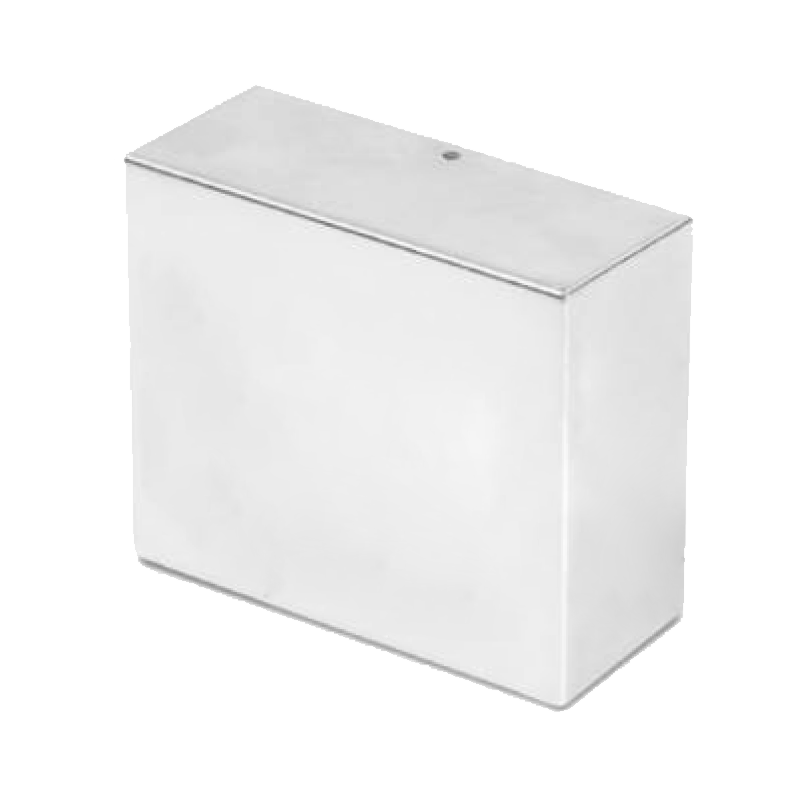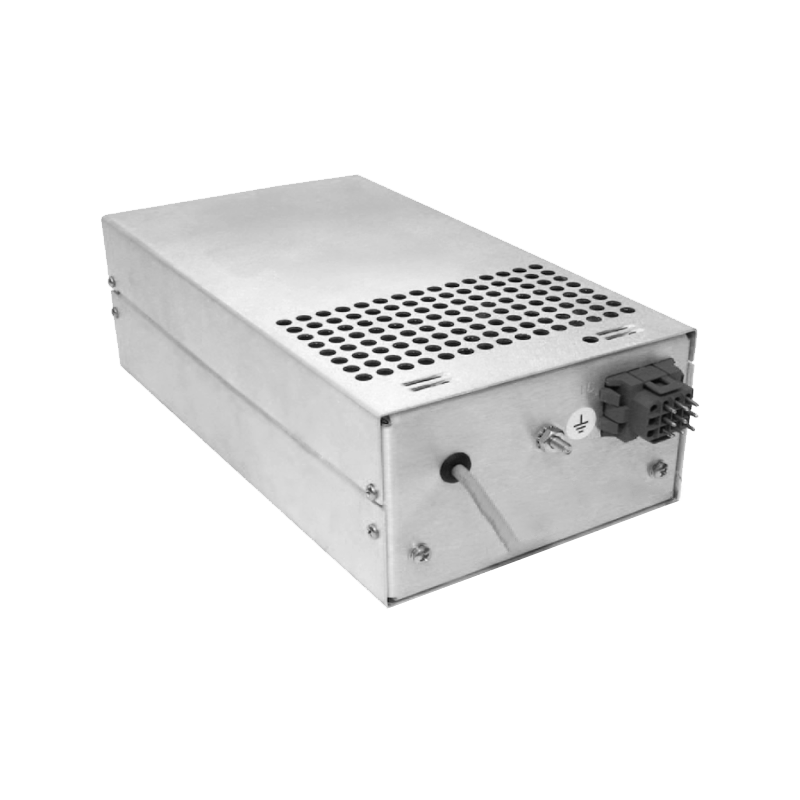Innovative Applications of High-Voltage Power Supplies in Electrostatic Printing: Technological Breakthroughs and Cutting-Edge Scenarios
As the core driver of electrostatic printing technology, high-voltage power supplies are revolutionizing fields such as micro-nano manufacturing, flexible electronics, and biomedicine through innovative applications. By precisely controlling electric fields, they enable material deposition at scales ranging from micrometers to nanometers, providing novel solutions for complex structure fabrication.
1. Technical Innovation: High-Precision Electric Field Control
The core of electrostatic printing lies in the electrohydrodynamic effect induced by high-voltage electric fields. Traditional methods rely on constant high voltage (typically ≥10 kV) to form a Taylor cone, thinning ink jets to sub-micron levels . Recent innovations focus on three areas:
1. Pulsed Voltage Modulation: Microsecond-level pulses control jet breakpoints, enabling on-demand droplet ejection (DoD mode) with resolutions below 500 nm, eliminating jet whipping in DC modes .
2. Multi-Field Coordination: A bias electric field added to the jet path corrects trajectories in real time, reducing line width from 50 μm to 20 μm—a 60% precision improvement .
3. Adaptive Feedback Systems: Integrated sensors monitor jet status, while AI algorithms dynamically adjust voltage and flow rates, ensuring uniformity on complex curved surfaces .
2. Material Compatibility Breakthroughs: From Nano-Inks to Liquid Metals
Innovations in power supplies expand printable materials:
Metal Precursor Inks: Particle-free designs (e.g., silver nitrate solutions) prevent nozzle clogging. After low-temperature sintering (90°C), conductivity reaches 3.3×10⁶ S/m, suitable for flexible substrates .
Liquid Metals (e.g., low-melting-point alloys): Electric fields drive droplet deposition, forming 3D vertical interconnects without annealing, overcoming layer-height limitations .
Biocompatible Materials: Gold nanoparticle inks print micro-pillar arrays (diameter: 0.64 μm) under high-voltage fields, enabling cellular-level electrophysiological monitoring .
3. Emerging Application Scenarios
1. Conformal Electronics: On surfaces with curvature >2000 m⁻¹ (e.g., spirals), voltage-speed matching achieves 35 μm line-width circuits for conformal antennas and electromagnetic stealth metasurfaces .
2. Self-Encapsulated Microcircuits: Coaxial printing simultaneously jets conductive silver and insulating encapsulants, creating core-shell wires (32 μm width) in one step, solving environmental stability issues .
3. Bio-Integrated Electronics: Water-transferrable electrodes attach to human skin with lower impedance than commercial Ag/AgCl, boosting ECG signal strength by 30% and withstanding bending .
4. Micro-Nano Energy Devices: Electrospinning combined with metal nanowires produces transparent electrodes (transmittance >90%, sheet resistance <10 Ω/sq) for flexible solar cells and energy storage .
4. Future Trends: Intelligence and Green Manufacturing
Next-generation technologies will focus on:
Smart Integration: IoT modules enable remote parameter optimization, while digital twins predict maintenance needs, reducing costs by 30% .
Eco-Efficiency: Resonant converter topologies cut energy consumption by 40%, paired with cyanide-free inks for sustainable production .
Conclusion
The evolution of high-voltage power supplies for electrostatic printing is shifting from single-voltage output to multi-physics field coordination. Their integration into microelectronics and biomedicine marks a paradigm shift from subtractive to additive + smart manufacturing. Cross-disciplinary collaboration will further unlock the potential of high-voltage electrostatic printing, redefining the boundaries of advanced manufacturing.




















